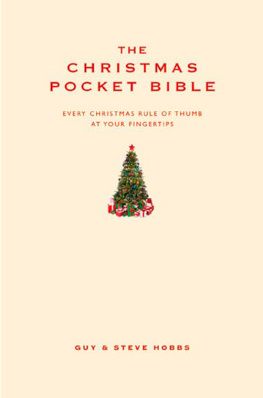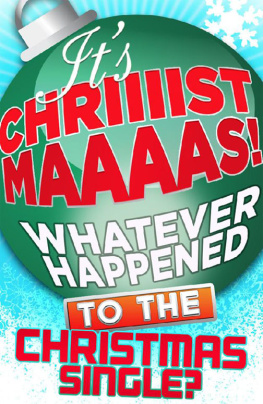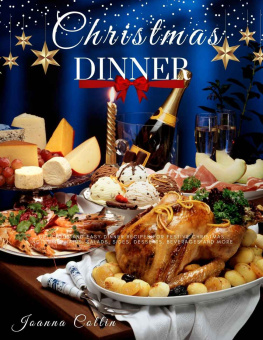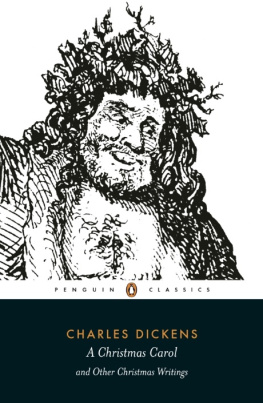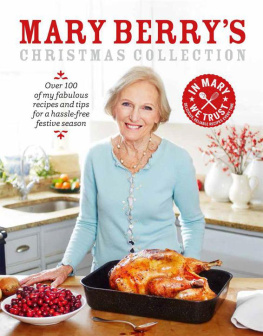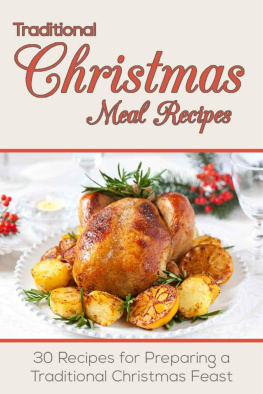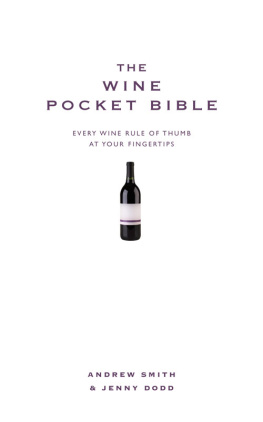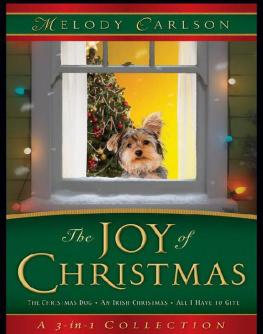THE
CHRISTMAS
POCKET BIBLE
GUY & STEVE HOBBS

The Christmas Pocket Bible
Guy & Steve Hobbs
This first edition is published in 2009 by Crimson Publishing
Crimson Publishing, Westminster House, Kew Road, Richmond, Surrey TW9 2ND
Crimson Publishing, 2009
Epub edition 2012 ISBN: 978-1-907087-49-3
The authors Guy Hobbs and Steve Hobbs have asserted their moral rights to be identified as the author of this work in accordance with the Copyrights, Designs and Patents Act 1988.
British Library cataloguing in Publication data
A catalogue record for this book is available from the British Library
All rights reserved under International and Pan-American Copyright Conventions. By payment of the required fees, you have been granted the non-exclusive, non-transferable right to access and read the text of this ebook on-screen. No part of this text may be reproduced, transmitted, downloaded, decompiled, reverse engineered, or stored in or introduced into any information storage and retrieval system, in any form or by any means whether electronic or mechanical, now known or hereinafter invented, without the express written permission of Crimson Publishing ebooks.
Epub file created by RefineCatch Ltd, Bungay
CONTENTS
The Hobbs brothers would like to thank their parents, Joan and Chris Hobbs, for many wonderful Christmases, past and future, and for making Christmas something worth writing about.
Did you know an original 12th-century mince pie could weigh up to 100kg? and were you aware that kissing under the mistletoe derives from a norse myth, thousands of years older than christianity itself? perhaps you have always wondered why we celebrate christmas when we do? if so, The Christmas Pocket Bible is for you.
For many of us, Christmas is an annual holiday of over-consumption, family tension and frantic last-minute shopping that we have come to take for granted. In some 800 million family homes around the world, Christmas has become an annual celebration that crosses cultures and religions.
It is one of the oldest holidays mankind has and a multi-billion pound global industry has grown up around servicing our annual Christmas needs. Yet every year we go through the same routines and customs of overeating, dressing the tree and hanging out our stockings on Christmas Eve without ever wondering Why?
Is it possible that somewhere along the line the true meanings behind our modern Christmas traditions have been lost in a flurry of wrapping paper and cracker hats?
This book is intended to redress that balance. Packed with facts, trivia, recipes and helpful advice, The Christmas Pocket Bible contains everything you need to know to become a Christmas expert.
From making your own Christmas pudding to throwing the perfect festive bash, we hope that in these pages you will find the answers to all your Christmas queries, plus a feast of helpful tips guaranteed to put the pop into your Yuletide popularity.
You will also find here the real stories that go to make up our modern Christmas traditions, from the ancient Roman feast of Saturnalia to the invention of our very own Santa Claus, while all the time never forgetting the birth of one Jesus Christ, of course.
Untangling the myths, legends and dogma that go to make up this most ancient of feasts, we have tried here to put Christmas into both a historical and traditional context, while at the same time remaining faithful to the true reason for the season.
We hope that the result is a useful and comprehensive reference guide to all things Christmas and that this book will become as much a part of your annual holidays as cold turkey sandwiches and mince pies. Merry Christmas one and all.
1
Many of the modern christmas traditions that we take for granted have their origins far back in the mists of time.
ADVENT CALENDARS
Like many of our modern Christmas traditions, the advent calendar is German in origin. As early as the 16th century it was often family habit in much of German-speaking Europe to mark the days of advent either with the daily lighting of candles or the marking off of days with chalk.
While controversy surrounds the origin of the first printed advent calendar (front-runner to this claim lies with Neues Tagblatt Stuttgart, a Stuttgart newspaper that included a free giveaway calendar in 1904), it is certain that by 1908 Gerhard Lang at Reichhold and Langs printing office was creating mass-produced advent calendars in a variety of designs that lasted until the company went out of business in the 1930s.
As other calendars came onto the market, competition started to hot up over the treats that lay behind the calendar doors. In the run-up to the Second World War, religious images were soon supplemented with bible readings and passages and finally sweets, until wartime paper rationing led to the halt of calendar production.
Richard Sellmer in Stuttgart revived the tradition in 1946. By the end of the 1950s advent calendars had become popular throughout Europe and as soon as rationing ended in the UK chocolates started to appear behind the calendars miniature doors. See for how to make your own advent calendar.
Pocket fact
For Christmas 2007, German nanotech scientists created the worlds smallest advent calendar at the University of Regensburg. Etched onto a sliver of gallium arsenide and measuring 8.4m by 12.4m (micrometers or microns) it would take more than five million of these calendars to cover one postage stamp.
CANDLES
Burning candles during the winter festivities predates Christianity by thousands of years. Much like the Yule log (see ) the light of the candle helped to keep evil spirits away from the house and helped to renew the suns power around the time of the shortest day.
The candle was absorbed into the Christmas tradition and remained popular throughout history. In the 16th century the Protestant reformer, Martin Luther, famously compared the candle-lit tree to the starry heaven from which Christ descended.
During the Victorian era, it was traditional to light a candle on the first Sunday of advent, two candles on the second Sunday and so on, until all four were lit on the fourth Sunday. This custom has largely been replaced with a single candle that burns for an hour on each day of advent.
Christingle
A rather new Christmas candle tradition is celebrated in churches and schools during advent. The word Christingle means Christ light, and the first Christingle service took place in Germany on Christmas Eve 1747. The bishop wanted to find an easy way to teach people the true meaning of Christmas with a simple symbol, made from an orange and candle (see ). The custom reached the Church of England over 200 years later in 1968 and services usually focus on children.
CHRISTMAS CARDS
The Christmas card is attributed to the Victorian patron of the arts, Sir Henry Cole. During a career that included managing the construction of the Albert Hall, organising the Great Exhibition of 1851, establishing Londons Victoria and Albert Museum and introducing the penny post in 1840, few of Coles achievements have had the global impact of the common Christmas card.
Pocket fact
If the nine billion Christmas cards purchased in the UK and US in 2008 were laid end to end, they would circle the earth 54 times.
A busy, modern man, with a personal mission to beautify life, Sir Henry Cole commissioned prominent British illustrator John Calcott Horsley to create an original card that he could send out to family and business associates. While Horsleys design, featuring a family surrounded by plentiful food and wine, created uproar from the Temperance Society of the day, the cards themselves were a hit and quickly came to replace the more traditional and time-consuming Christmas letter.
Next page
